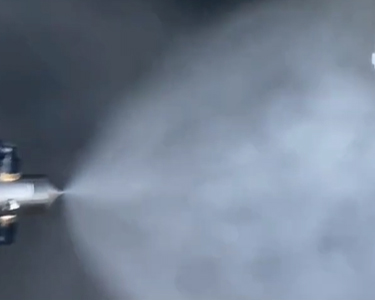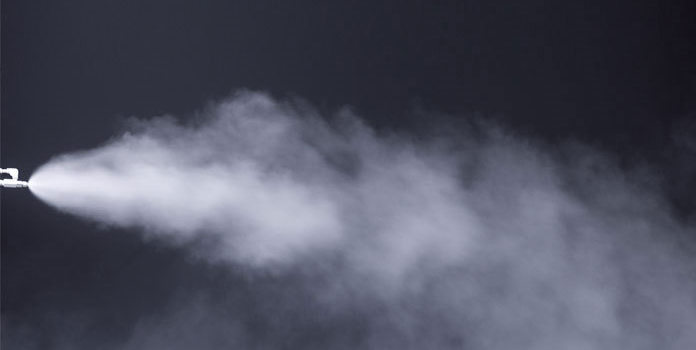
1. The influence of stomatal diameter
Under the same working conditions, the atomization fineness of the nozzle decreases with the increase of the pore diameter when other geometrical factors of the nozzle (the number of pores is 4) remain unchanged. When the gas-liquid ratio is 0.4 and the air pressure is 5bar, the atomization fineness is below 10um, indicating that the outlet velocity has reached the speed of sound at this time, and the mixing chamber pressure is gradually reaching and exceeding the critical pressure ratio.2. The influence of air pressure
When the air pressure increases from 2bar to 5bar, the atomization particle size decreases from 25um to about 7um. When the air pressure continues to increase and exceeds 5bar, the curve flattens out. At this time, increasing air pressure will not lead to further thinning of atomization, indicating that the nozzle has reached the speed of sound. In this state, the outlet velocity of high-speed airflow plays a decisive role in the atomization of the air atomization nozzle, and the air-liquid ratio has little influence on the particle size.


